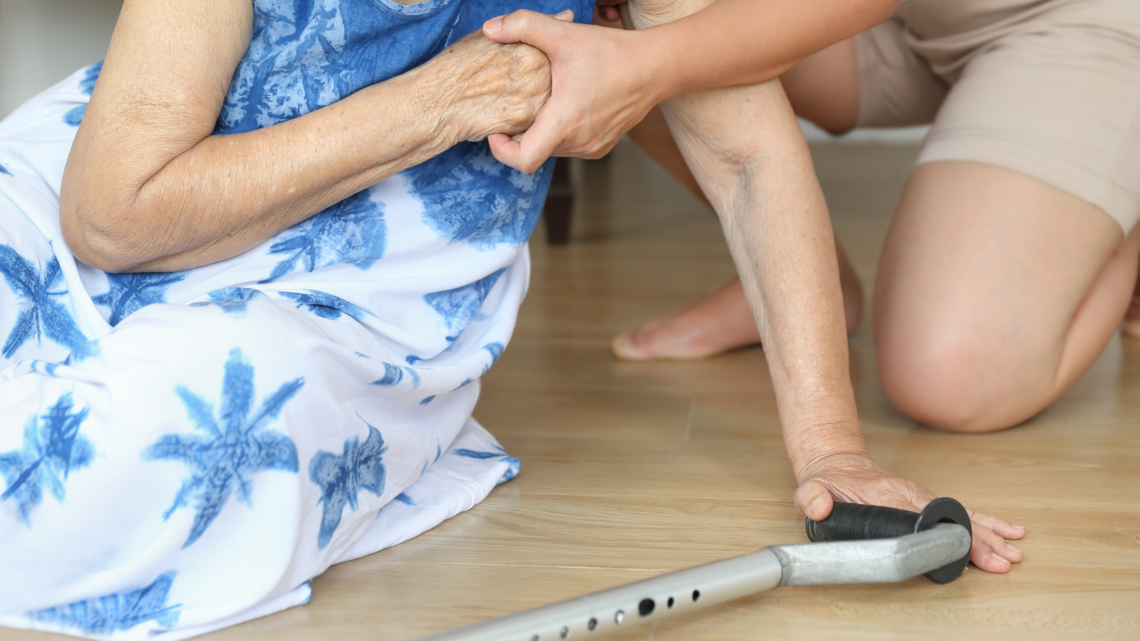
Fall Prevention Month
Fall Prevention Month offers a timely reminder of the importance of safeguarding against falls, a serious and prevalent issue that affects countless individuals, particularly within the aging population. The consequences of falls are not to be underestimated—they are a leading cause of both fatal and non-fatal injuries among older adults, as stated by the Centers for Disease Control and Prevention (CDC). This comprehensive article aims to equip you with a multi-faceted approach to fall prevention, ensuring safety and well-being throughout the autumn of life.
The statistics on falls are sobering. They underscore the urgency of fall prevention, particularly for those advanced in years. The loss of independence, the fear of falling again, and the physical toll of an injury are just a few of the profound impacts a fall can have. It’s not only about the physical pain but also about the psychological and social ripples that follow.
Step 1: Risk Identification
The journey to fall prevention begins with understanding one’s own susceptibility. It is advisable to consult with a healthcare professional who can evaluate risks such as balance deficiencies, chronic conditions that may affect stability, and the potential side effects of medications.
Step 2: Engage in Preventative Exercise
Regular exercise tailored to enhance balance, flexibility, and strength can significantly diminish the risk of falls. Programs should be personalized, and activities like Tai Chi, senior yoga, or even light resistance training can be particularly beneficial.
Step 3: Medication Management
Medications should be routinely reviewed with a healthcare provider to ascertain their role in fall risk. Adjustments or substitutions may be necessary to mitigate side effects like dizziness or impairment that can lead to a fall.
Step 4: Optimize Sensory Health
Since vision and hearing are pivotal in maintaining balance and spatial orientation, regular screenings are critical. Even minor adjustments to prescriptions for glasses or hearing aids can have a significant impact on reducing fall risk.
Step 5: Home Hazard Appraisal
The home environment is a common site for falls, but it can be made safer. This involves:
- Eliminating clutter and securing carpets.
- Ensuring adequate lighting, especially in walkways and night paths.
- Installing support features like grab bars and railing.
- Organizing the household to keep everyday items within easy reach.
Step 6: Appropriate Footwear
The choice of footwear is a simple yet effective fall prevention strategy. Shoes should provide good support, have a non-slip sole, and fit well. Avoiding heels, floppy slippers, and slick soles can prevent unnecessary slips.
Step 7: Nutrition for Bone Health
A diet rich in bone-supporting nutrients like calcium and vitamin D can help prevent the fractures that might result from a fall. A discussion with a nutritionist can help tailor a diet to support bone density and overall health.
Step 8: Community Outreach and Education
Awareness and education are powerful tools in fall prevention. Communities should provide resources and programs to educate the public on fall risks and prevention strategies.
Step 9: Be Prepared for Emergencies
Having a plan in place in the event of a fall is crucial. This includes wearing a personal emergency response system and keeping communication devices within reach, especially for those at high risk.
Step 10: Regular Reevaluation
Fall prevention is not a one-time effort but a continuous commitment. Regular reassessment of one’s living environment and health status is necessary to adapt to changing risks.
Fall Prevention Month is an opportune time to renew commitment to reducing fall risks. Through careful planning, lifestyle adjustments, and community support, we can address the multifaceted challenges of preventing falls. It is through these concerted efforts that we can enhance the safety and quality of life for ourselves and our loved ones, ensuring that the autumn years are enjoyed with stability and peace of mind.

